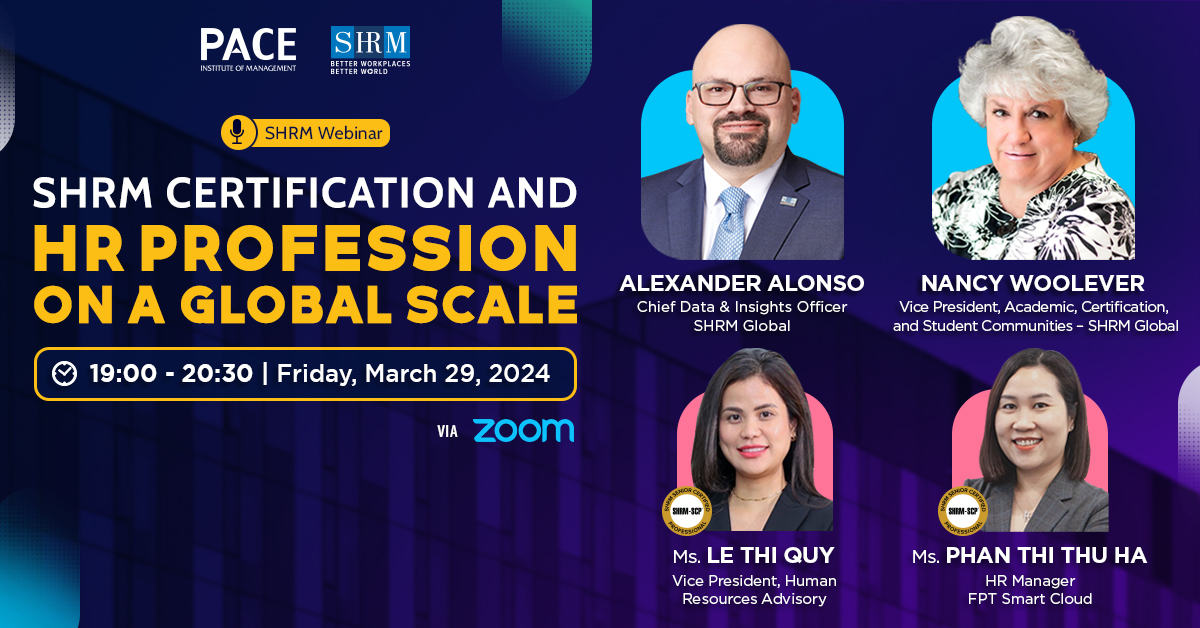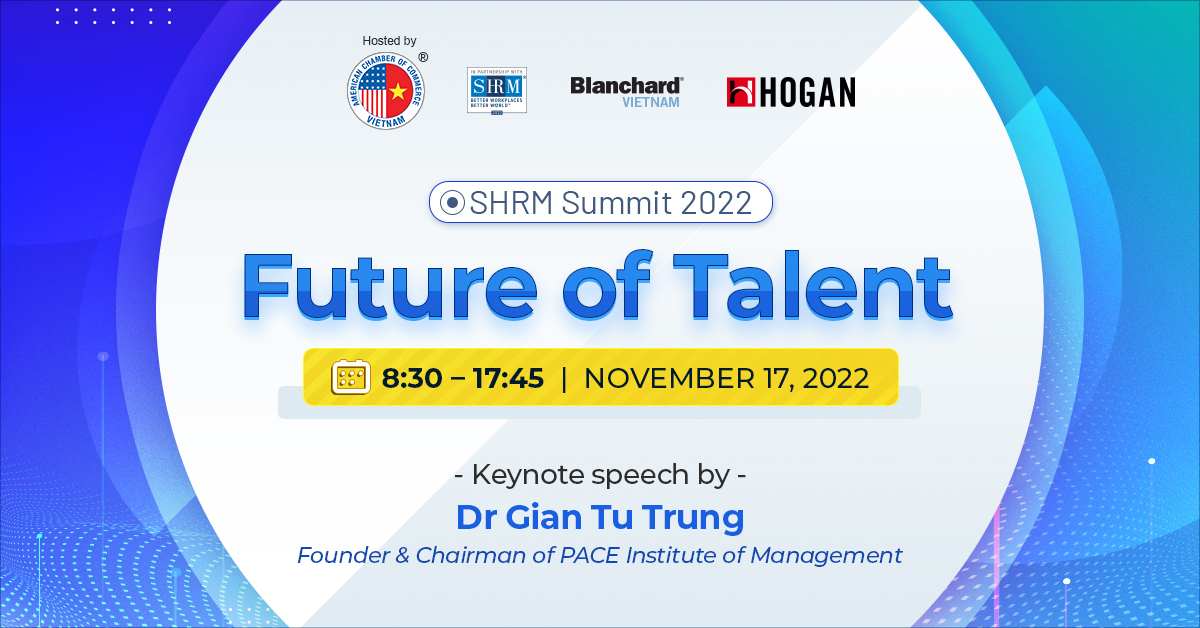WHAT ARE THE MOST ACTIONABLE HR METRICS ACROSS THE EMPLOYEE LIFE CYCLE?
Employee turnover is the HR metric that is most closely analyzed and acted upon by organizations, but it shouldn’t get all the attention.
In fact, a recent survey of HR professionals found that time-to-fill, employee absence, and cost-per-hire were some of the other most analyzed metrics after employee turnover.
While all these metrics have earned their spot on organizations’ most-watched lists, lost in the wealth of employee life cycle information are the following impactful HR metrics your organization should be putting on its watchlist because of their ability to add organizational value when properly analyzed.

HR departments should be measuring and monitoring the overall time and cost investments—as well as the effectiveness—of training and development for workers.
(Photo: freepik.com)
Time-to-productivity: This metric measures the speed of the onboarding process and tracks how long it usually takes a new hire to learn the job and begin working at full speed. Organizations can track this metric then modify the length of their onboarding process and/or training material to meet a set goal.
Retention rate: This measures how well an organization holds on to its employees over time and is typically measured by dividing the number of employees who stayed with your organization over a given period by the total number of employees. Companies can track this metric and gain insight on how to modify their compensation programs, development opportunities, and other levers to increase retention rates among specific employee groups.
Training and development: HR departments should be measuring and monitoring the overall time and cost investments—as well as the effectiveness—of training and development for workers. Such data can be captured by analyzing, for example, training costs per employee, completion rates for training programs, and how long it takes employees to complete the training. The scores from testing provided after training can be used to determine whether to use different training methods or focus on different material.
Employee satisfaction: This is a metric that can easily be captured through any manner of employee satisfaction surveys, and questions can be tailored to determine what specific factors move the satisfaction needle for your organization’s employees. Acting on the results and giving employees the resources and experiences they want to have at work could drastically improve satisfaction scores quickly with relatively low organizational effort.
Ultimately, we know tracking a data-driven view of your workforce is a moving target. So while you’re probably tracking the most common HR metrics, make sure you take a broader approach so you’re not cresting costly blind spots.
Source: SHRM.Org










